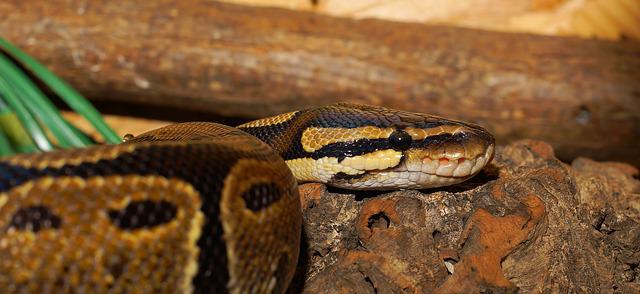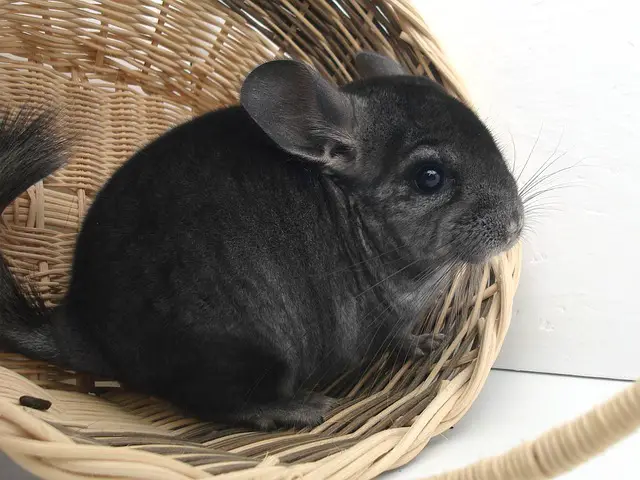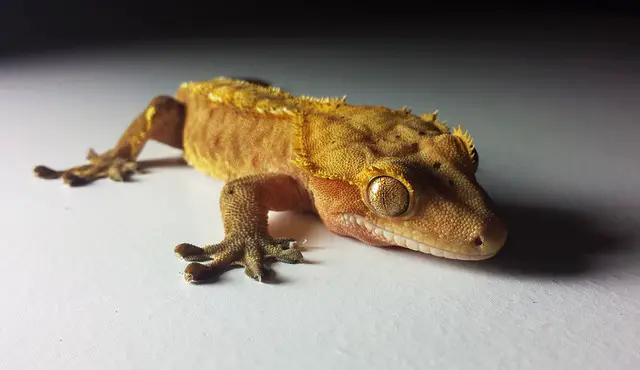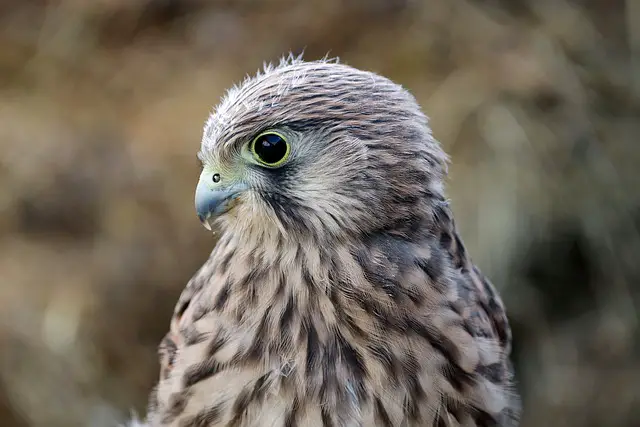If you’ve ever seen a pink tongue skink, you may have wondered what they eat. These colorful lizards are omnivorous and eat a variety of items in their diet, including insects, fruits, vegetables, and even small animals. In this blog post, we will take a closer look at the diet of these fascinating creatures.
What do pink tongue skinks eat?
In the wild pink tongue skinks diet consists primarily of insects and other small invertebrates. They will also eat fruit, flowers, and leaves on occasion.
In captivity, pink tongue skinks should be fed a diet that mimics their natural diet as closely as possible.
This means offering them a variety of live insects, as well as occasional servings of fruits and vegetables.
It is important to note that pink tongue skinks require a large amount of calcium in their diet, so their food should be supplemented with calcium powder or chopped up calcium-rich plants.
With a proper diet, pink tongue skinks can make interesting and rewarding pets.
What should you feed a pink tongue skink to ensure they stay healthy and happy?
In captivity, they can be fed a variety of different foods, including crickets, mealworms, pinky mice, and small lizards.
It is important to provide them with a varied diet to ensure that they receive all the nutrients they need to stay healthy and happy.
Mealworms and crickets should make up the majority of their diet, but pinkies should be offered as an occasional treat.
Live food should be dusted with calcium powder to ensure that the skink gets enough of this important nutrient. fresh vegetables and fruits can also be offered, but they should only make up a small part of the diet as skinks are not used to eating plant matter in the wild.

How can you tell if your pink tongue skink is eating enough or not getting enough nutrition from their food?
If you’re keeping a pink tongue skink as a pet, it’s important to make sure that they’re getting enough nutrition from their food.
Unfortunately, it can be difficult to tell if a skink is eating enough or not since they typically have a very small appetite.
However, there are a few signs that you can look for that may indicate that your skink is not getting enough nutrition.
For instance, if your skink is losing weight or if their skin is looking dry and flaky, it may be a sign that they’re not getting enough food.
If you notice any of these signs, it’s important to consult with a vet or reptile specialist to make sure that your skink is getting the nutrition they need.
Are there any dangers associated with feeding a pink tongue skink the wrong type of food or too much food?
Yes, there are some dangers associated with feeding a pink tongue skink the wrong type of food or too much food.
If a pink tongue skink eats the wrong type of food, it could become sick or even die. Also, if a pink tongue skink eats too much food, it could become obese and have difficulty moving around.
In order to avoid these dangers, it is important to know what type of food a pink tongue skink can eat and how much food is appropriate for its size.
By following these guidelines, you can help ensure that your pink tongue skink remains healthy and happy.
How much food and how often should be fed to Pink Tongue Skinks?
When it comes to feeding Pink Tongue Skinks, there are a few things to keep in mind.
First of all, it’s important to feed them small meals several times a day rather than one large meal.
This is because their bodies are not very efficient at digesting food, so they need to eat more frequently in order to get the nutrients they need.
In terms of how much food to give them, a good rule of thumb is to offer them as much as they can eat in one sitting.
However, you should avoid overfeeding them, as this can lead to health problems. If you’re not sure how much to feed your skink, it’s best to err on the side of caution and give them a little less rather than a little more.
Should insects be gut loaded when feeding to Pink Tongue Skinks?
When it comes to feeding pink tongue skinks, there are a few things to consider.
- First of all, it’s important to choose the right food. Insects should be gut loaded when feeding to ensure that your skink is getting the nutrients it needs.
- Secondly, you’ll need to pay attention to the size of the insects. Skinks have a small mouths, so it’s important to choose prey that is the appropriate size.
- Lastly, you’ll need to be careful not to overfeed your skink. These reptiles are known for their voracious appetite, but like all animals, they can only eat so much.
Conclusion
While the diet of a pink tongue skink in the wild consists mainly of insects, captive skinks can thrive on a diet of commercially available insectivore diet, supplemented with occasional live prey.
It is important to ensure that any live prey is appropriately sized for the skink, as feeding too large of an animal can result in injuries. In general, skinks should be offered food items that are no larger than the width of their head.
A variety of different insects can be offered, including crickets, roaches, and mealworms. However, it is important to dust the insects with a calcium powder before offering them to the skinks. A lack of calcium can lead to metabolic bone disease, which can be fatal.









